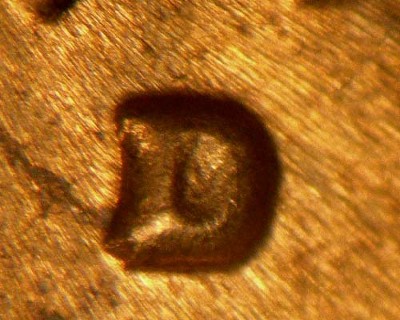1979-D 1C RPM-001
Collapse
X
-
1979-D 1C RPM-001
Hey everyone, just found this 1979-D Lincoln Cent RPM-001. I believe it may be an EDS/Stage-A example because I have zero of the the die markers listed on the various major error/variety/coin sites. None seem to have EDS examples either. I've noticed it mentions this being a slightly scarcer error variety and I'm curious if there are any known EDS examples and would that be an even scarcer example to find?You do not have permission to view this gallery.
This gallery has 5 photos.Tags: None
-
-
Humm Its difficult due to the lighting to be absolutely sure. I suggest making absolutely sure the mint mark placement matches up with from the example on http://varietyvista.com.
I think you are correct, the mint mark placement looks very close to where it should be. You just have to be very careful with the 1979-D's.
The reason I say that is there was a "broken punch" that was used extensively in 1979. The article is here:
Back in the day when CONECA tracked URS, the rarity of the variety, it did not have it broken down to actual eds/mds/lds. There is just no way to know and not every attributer at the third party grading service is putting that info on the labels or tracking the die stage.
Die stages are tough to assess, unless you find an example at the same time the attributor found one. Lincoln cent dies strike up to 1 million coins with each working die, if it makes it that long. What I am trying to say is your coin may be at any stage. Most common markers like die scratches can wear away pretty or simply be erased by more maintenance later in that die stage. And the reverse dies could have been replaced at any time, which eliminates any markers/PUPS.
Later die stages have a loose, sloppy appearance to the devices and if the coin was circulated, it adds to the complexity of being able to accurately assess the proper die stage.Last edited by MintErrors; 08-31-2023, 01:24 AM.
My signature block :
Three helpful posts:
How to take better photos with a Cellphone:
https://board.conecaonline.org/forum...th-a-cellphone
RPM or DDO question? Help us help YOU:
https://board.conecaonline.org/forum...lp-us-help-you
What Forum to post your coin questions:
https://board.conecaonline.org/forum...t-forum-to-use
Gary Kozera
Website: https://MintErrors.org
-


Comment